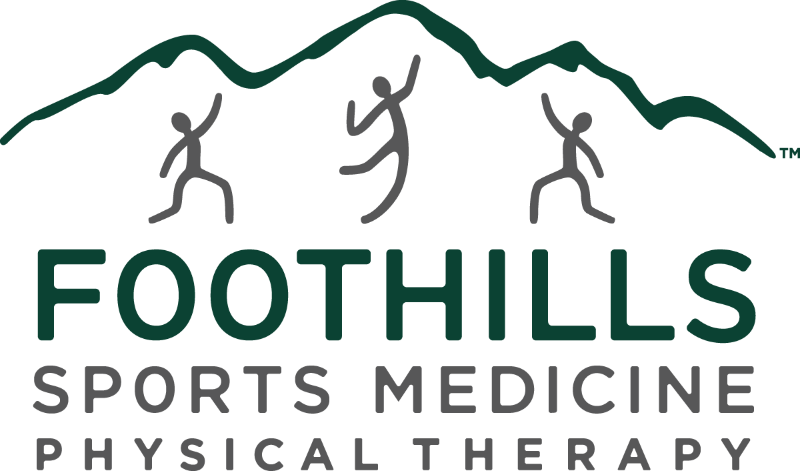We’re celebrating National Athletic Training month by highlighting a handful of athletic trainers within Foothills Sports Medicine Physical Therapy. Today, Ethan Anderson, PT, DPT, ATC, dishes on his athletic training background, what role athletic trainers have within the industry and advice for future athletic trainers.
Q: How long have you been an athletic trainer and what’s your background in athletic training?
Ethan Anderson: I have been an Athletic Trainer since May of 2013. My background includes a B.S. in Athletic Training from Weber State University where I was privileged to work as a Student Athletic Trainer for multiple NCAA Division 1 sports programs as well as high schools and different outpatient physical therapist offices. I also worked as a high school Athletic Trainer in western Montana for 3 years while completing my Doctor of Physical Therapy degree which allowed me to interact with multiple schools and administrators providing much needed sports medicine coverage.
Q: Why did you become an athletic trainer?
Ethan Anderson: I became an Athletic Trainer due to my extensive competitive sports background as well as my passion for health care. I have endured many, sometimes season ending and quite serious, injuries during my competitive days which allows me to connect with athletes in a very personal way regarding their injuries and recovery. It is incredibly rewarding being able to care for an athlete when they are first injured and see them through the recovery process to return to competition. That feeling can’t be overstated.
Q: What role does an athletic trainer play for sports teams?
Ethan Anderson: An Athletic Trainer plays a crucial, and often understated, role in any sports team by allowing athletes to participate to their highest potential by keeping them healthy and safe while competing. In some high school settings, the only medical professional a student-athlete may be able to see is their Athletic Trainer, which allows that relationship to provide for referrals to other appropriate medical providers such as physicians and physical therapists to ensure proper care is taken of any ailments. Athletic Trainers also assist in the prevention of injuries by ensuring proper hydration, nutrition, and technique with exercises or preventative taping and bracing.
Q: Where do you see the profession of athletic training going in the next 5 years?
Ethan Anderson: I see the continued growth and involvement of ATC’s both in the school/athletic setting as well as the clinical setting as the public recognition of our unique skills and value as health care providers increases. Unfortunately, there isn’t much recognition of the high level of training and expertise we possess and still many in the general public confuse us for personal trainers. I feel that recent sentiment from the NATA to transition the Athletic Training profession to a master’s degree will work towards the betterment of all ATC’s. I would also like to see a full time Athletic Trainer in every high school in the state to ensure the health and wellness of student athletes
Q: What advice would you give to someone who wants to pursue athletic training as a career?
Ethan Anderson: I would advise anyone considering Athletic Training as a profession to read the NATA position statements and vision statements to understand where the profession is headed over the next few years so they can position themselves to be the most successful and competitive as possible when looking for employment. Becoming an Athletic Trainer comes with the responsibility for not only the athletes and patients you care for, but also the responsibility to help lead the profession to new heights.
National Athletic Training Month: Q&A With Ethan Anderson




